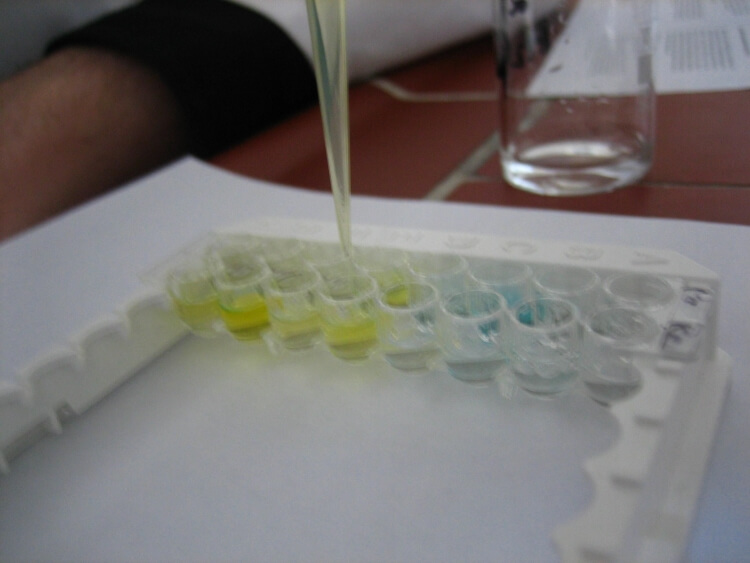PAWR
Prostate Apoptosis Response protein-4 Colorimetric Cell-Based ELISA Kit
Prostate Apoptosis Response protein-4 Colorimetric Cell-Based ELISA Kit
6 Months
> 5000 Cells
cell, prostate
Research use only
Colorimetric 450 nm
Plasma, serum and lysate.
Non-Phospho Cell-Based ELISA
Prostate Apoptosis Response protein-4
Store the entire kit at 4°C upon arrival.
ELISA Enzyme-linked immunosorbent assays Code 90320007 SNOMED
This 1 is suited for programmed cell-death studies.For cells, cell lines and tissues in culture till half confluency.
Our team of scientists has experience in all areas of research including Life Science, Material Science, Chemical Synthesis, Chromatography, Analytical and many others.
Colorimetric assays or detection use UV absorption or enzymatic color reaction.E05 478 566 350 170 or Enzyme-Linked Immunosorbent Assays,E05 478 566 350 170 or Enzyme-Linked Immunosorbent Assays
To order ''Prostate Apoptosis Response protein-4 Colorimetric Cell-Based ELISA Kit'', please use the cat ''CB5588'' and submit your purchase order by email or by Fax, please contact us by email or Live chat.
Par-4; PAR4; PRKC apoptosis WT1 regulator protein; PRKC, apoptosis, WT1, regulator; prostate apoptosis response protein 4; prostate apoptosis response protein PAR-4; prostate apoptosis response-4 protein; transcriptional repressor PAR4; WT1-interacting protein
Prostate Apoptosis Response protein-4 Colorimetric Cell-Based ELISA Kit is produced by Assay Biotech Company. It's also identified by the synonym '' PRKC apoptosis WT1 regulator protein or prostate apoptosis response protein 4 '', it's a Liquid that's an appropriate, lysatefree, high throughput and high sensitivity assay kit that can check Prostate Apoptosis Response protein-4 protein and its expression profile in cells. This kit can be used in order to measur with a hight precision the relative amounts of Prostate Apoptosis Response protein-4 insid the cultured cells as well as detection of the effects that various inhibitors or treatments (ie. siRNA or chemicals), or activators have on Prostate Apoptosis Response protein-4. It's has a colorimetric 450 nm as a detection method, within the range of > 5000 Cells. It's has also ''PAWR'' as a NCBI Gene Symbol.
